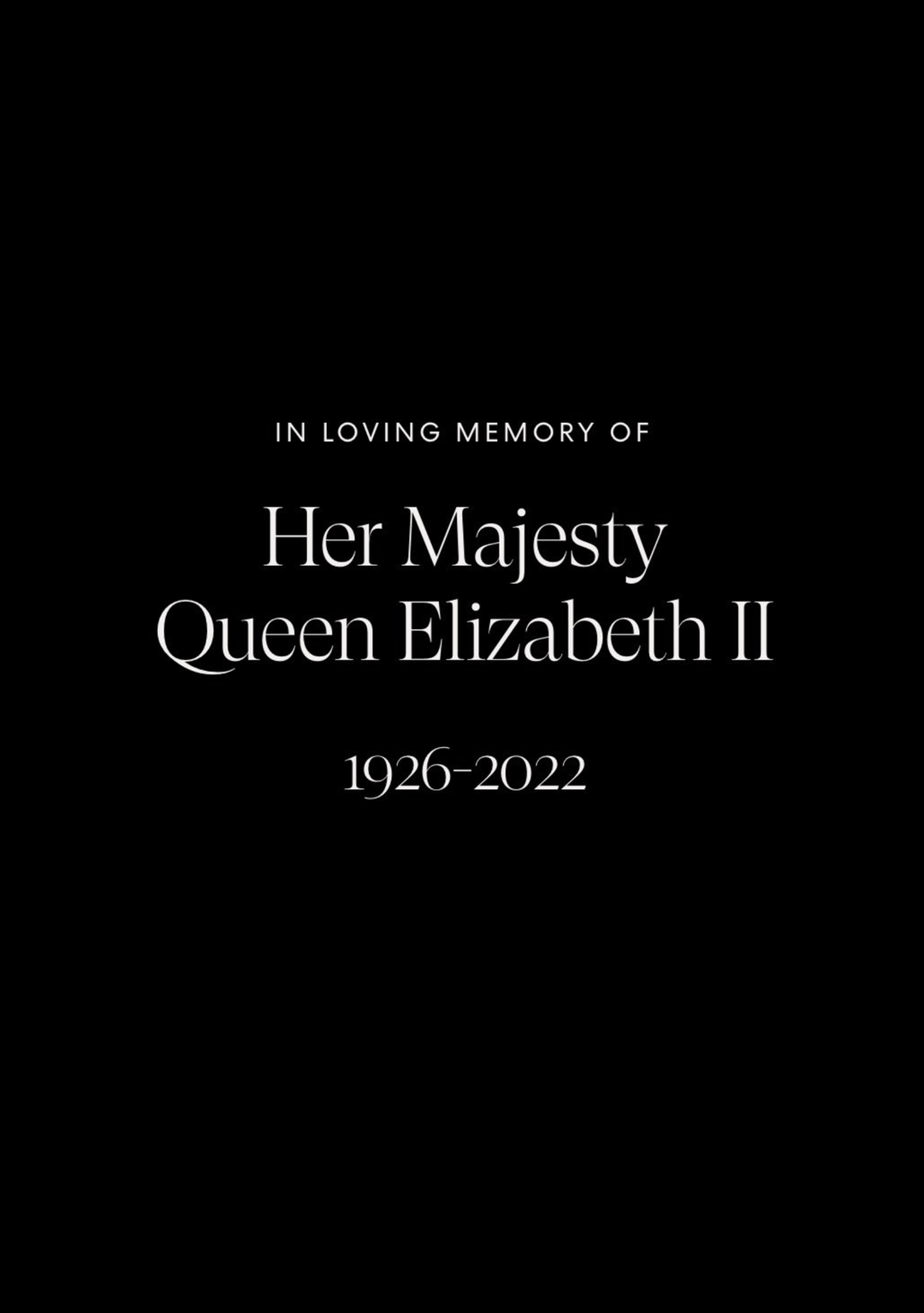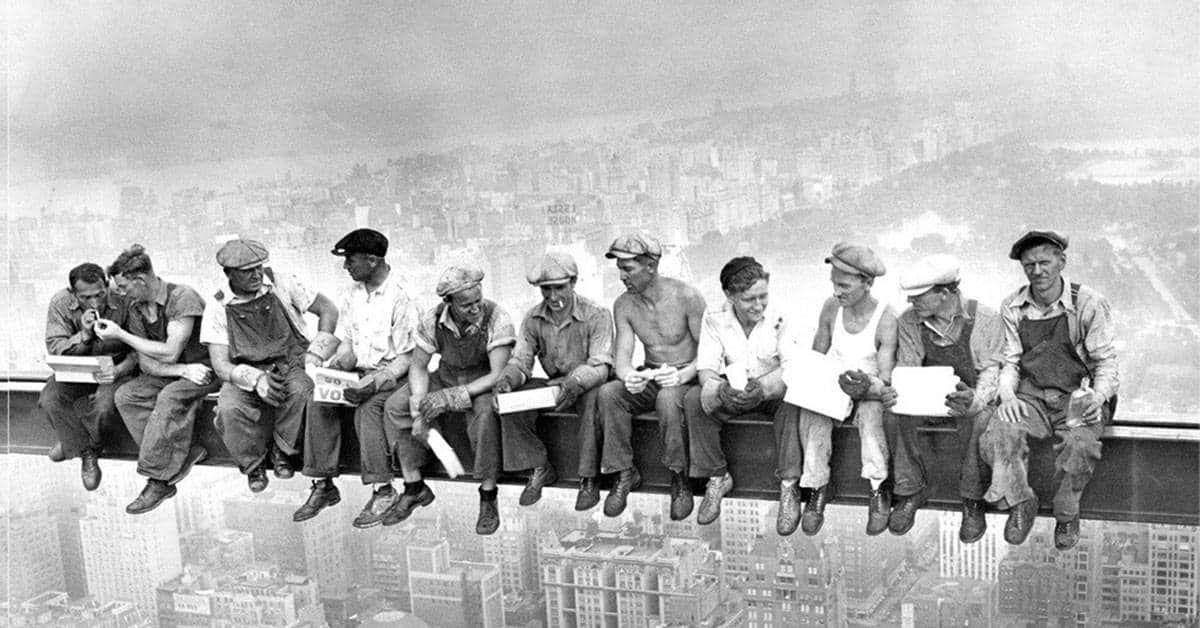
Lua Gerun
Nelson friends, it’s that time of year again and I need your help! ![]()
I would like to make 150 Christmas food baskets this year for Nelson families in need.
Each basket costs $75, you can choose to donate a full basket, food items, or gift cards. Safeway will be helping me with the donation boxes at the tills, feel free to donate there as well.
Food items needed are:
Crackers, cookies, cheese, pickles, olives, oysters, stuffing, cranberry sauce, gravy mix, cans of vegetables, syrup, pancake mix and chocolates. Each basket also will need a 25$ gift card for a turkey and fresh fixings.
Let me know if you can help, please share my post as well!!
I’m starting early so I can reach my goal!! ![]()
























